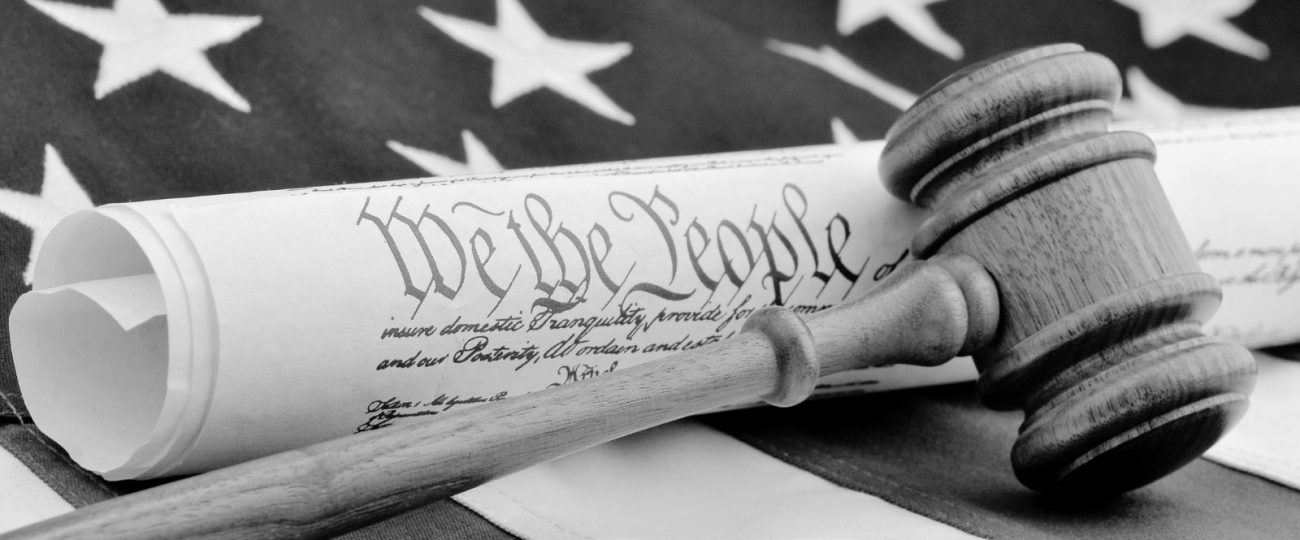What Happened On September 17th?
On September 17, 1787, delegates from across the thirteen states gathered inside Independence Hall in Philadelphia to sign the U.S. Constitution. This marked the culmination of months of debate and compromise, as 39 men put their names on a document that would shape the future of the United States. Though this day carried historic importance, it was also steeped in uncertainty as the newly drafted document still required ratification by the states.
George Washington, presiding over the convention, sat at the head of the room. His calm and steady leadership helped to keep the often fractious debates on course. Washington had spoken sparingly during the convention, but his influence had loomed large. The respect and trust he commanded made him the logical choice to be the first to sign. His presence at the head of the process gave the document credibility, as many Americans regarded Washington’s judgment as beyond reproach.
Benjamin Franklin, the oldest delegate at 81 years old, could not stand due to his age and frailty, so he had another delegate read his final remarks to the assembly. Franklin urged the delegates to accept the Constitution despite its flaws, knowing that compromise was essential for the survival of the fragile union. His appeal for unity reflected his belief that while no document could be perfect, the Constitution offered the best possible chance for a stable government.
As the delegates signed their names, Philadelphia bustled with activity outside the hall, completely unaware of what had transpired inside. The secrecy surrounding the convention had been so strictly maintained that even rumors about its contents were scarce. For months, the delegates had worked behind closed doors, keeping their debates hidden from the public. It was this cloak of secrecy that allowed them to negotiate freely, without fear of external pressure. The general public wouldn’t learn the details of the new Constitution until printed copies appeared days later, sparking surprise and debate across the colonies.
The drafting of the Constitution had not been a smooth process. One of the most contentious issues had been the question of representation in Congress. James Madison’s Virginia Plan had called for representation based on population, a proposal that benefited large states like Virginia and Pennsylvania. Smaller states, such as New Jersey, feared they would be overwhelmed in such a system and demanded equal representation. The deadlock threatened to unravel the convention until the Connecticut Compromise emerged, establishing a bicameral legislature with a Senate granting equal representation to each state and a House of Representatives based on population.
Many had taken out loans or borrowed money to finance their attendance, as travel to Philadelphia wasn’t cheap or easy. These men left their businesses, farms, and families behind for months to hammer out the details of a new government. Washington himself, who had rarely left Mount Vernon in recent years, had not seen his estate for the entirety of the summer. Madison, meanwhile, had dedicated himself so completely to the convention that he spent nearly every evening writing detailed notes of the debates. His records, though unpublished for many years, became critical for the convention’s inner workings.
The summer of 1787 had been a tense time for the colonies, with reports of unrest, protests, and economic instability circulating. News of incidents like Shays’ Rebellion had reached Philadelphia, reminding the delegates of the weaknesses of the Articles of Confederation. The country’s existing government had proved too weak to handle internal strife, and the delegates knew they needed to create something stronger if the young nation was to survive. The specter of anarchy and disorder loomed large in their minds as they debated the finer points of the Constitution.
Among the most difficult questions to resolve was the issue of executive power. The idea of a single president raised concerns about creating a figure too similar to a monarch. Some delegates argued for a plural executive, but eventually, they settled on a single president, with carefully limited powers and mechanisms in place to ensure that no one individual could dominate the government. The creation of the Electoral College, designed to balance the election of the president between the people and a group of electors, reflected this cautious approach to executive power.
Many people don’t realize that the Electoral College itself was a late addition to the Constitution, proposed only after intense debate over how much direct control the public should have over the presidency. The idea of a purely popular vote worried many delegates, who feared that uninformed voters might make dangerous decisions. The Electoral College served as a middle ground, giving citizens a voice while still placing a layer of deliberation between them and the final outcome.
Despite the gravity of the day, not every delegate supported the final version of the Constitution. George Mason of Virginia, for instance, refused to sign because the document lacked a Bill of Rights. Mason feared that the new government might encroach on individual liberties, and without explicit protections, he could not support it. His decision to walk away from the convention reflected the deep concerns that lingered, even as most delegates celebrated the progress they had made.
The refusal of Mason and others like Elbridge Gerry to sign the Constitution underscored the fact that the battle was far from over. Ratification by the states would not be easy, especially without guarantees of personal freedoms. Their protests helped push forward the eventual addition of the Bill of Rights, which addressed many of the concerns they had raised during the convention.





